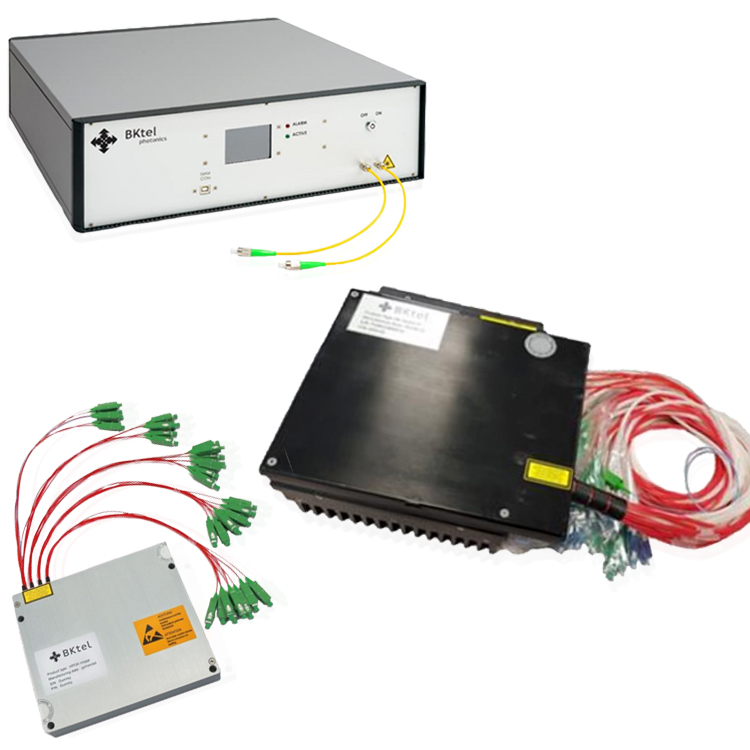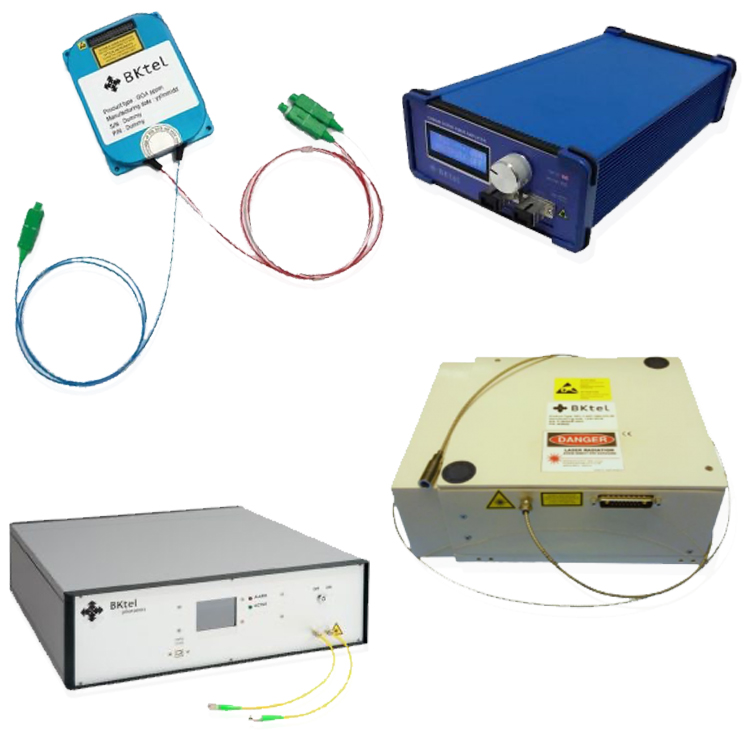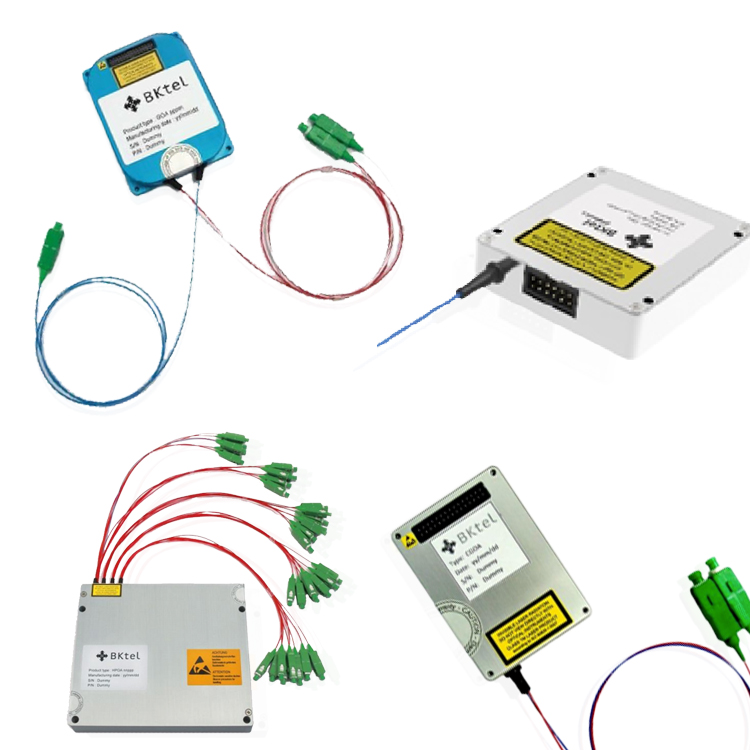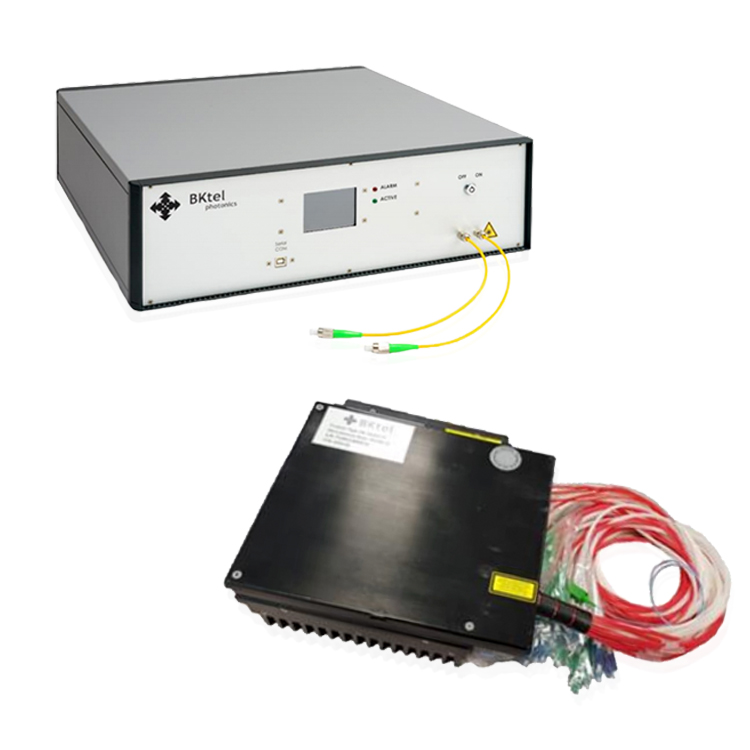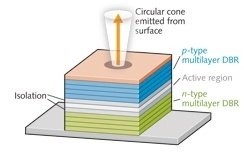1um Fiber Amplifiers
Fiber Amplifiers, 1030 nm – 1054 nm, up to 40 W
Key Features:
- Output powers up to 46dBm
- OEM and Turnkey Solutions
- Low Noise Figure
- Single or Multiple Output Ports
- Conductive and Air-cooling
- Robust Design
- Flexible configurations
There are many configurations and options available. If you do not see exactly what you need below, please contact us!
Need Quantities? Have a question?
POPULAR CONFIGURATIONS:
Picture |
Part Number |
Part Description |
Datasheet |
Price |
Lead Time |
|
|---|---|---|---|---|---|---|
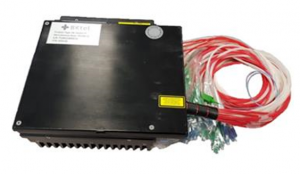
|
UHPOA-1 |
1um Fiber Amplifiers, 1030-1054nm, Up to 40W |
|
Inquire |
Get Quote | |
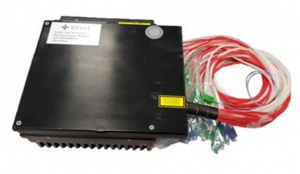
|
UHPOA-1P |
1um Fiber Amplifiers, 1030-1054nm, Up to 40W |
|
Inquire |
Get Quote | |
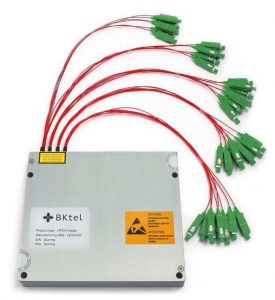
|
HPOA-1 |
1um Fiber Amplifiers, 1030-1054nm, Up to 40W |
|
Inquire |
Get Quote | |
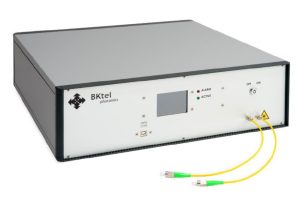
|
THPOA-1 |
1um Fiber Amplifiers, 1030-1054nm, Up to 40W |
|
Inquire |
Get Quote |
The FA series offers a variety of standard and custom fiber amplifiers. Available in both OEM and Turnkey formats, our 1, 1.5, and 2um fiber amplifiers are manufactured to Telcordia standards and can be customized to meet your application requirements. With output powers of up to >40dBM and options for linear or random polarization, narrow linewidth, low noise, and input and output monitoring, our fiber amplifiers are ideal solutions for applications such as intra-satellite free space communication, optical transport, FTTH & CATV, RF video overlay, and pulsed amplification.
These 1um fiber amplifiers feature output powers up to +43dBM and a factory set wavelength from 1030 to 1100nm. Our fiber amplifiers are manufactured to Telcordia standards and can be modified to meet your applications requirements. Often, the technical requirements for amplifiers are defined by the integration requirements, including but not limited to, environment, size, weight, and power. The highly flexible platform of these fiber amplifiers allows users the opportunity to configure the laser to best suite their application needs.
This series of fiber amplifiers are available with single or multiple output ports terminated with your choice of industry-standard connectors, including SC/APC and FC/APC. A wide range of packages and power levels are available in either OEM or turnkey configurations. The 1um fiber lasers can be configured to accept input powers ranging from -15dBm to +15dBm. The built-in optical isolation of 30dBM protects upstream components from dangerous back reflections. The optical characteristics of these 1um fiber amplifiers, combined with the compact form factor, low power consumption, and industry-standard RS232 communication interface, make it the ideal OEM amplifier for demanding industrial, commercial and scientific applications.

 SHIPS TODAY
SHIPS TODAY 